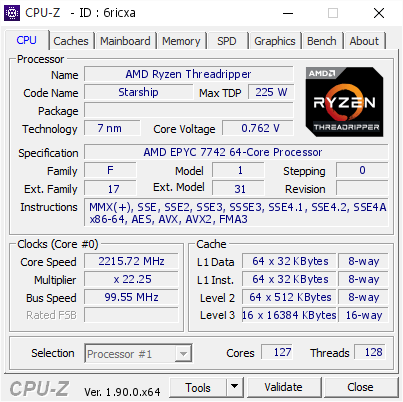GoodBoy
2[H]4U
- Joined
- Nov 29, 2004
- Messages
- 2,752
Good short read: https://spectrum.ieee.org/view-from...ower-problems-might-drive-chip-specialization
Article said:John Hennessy—president emeritus of Stanford University, Google chairman, and MIPS Computer Systems founder—says Moore’s Law “was an ambition, a goal. It wasn’t a law; it was something to shoot for.”
“It is definitely slowing down,” he says, “but to say it’s dead is premature.”
That slowing, at this point, isn’t his biggest concern. The real problem, Hennessy says, is the failure of Dennard scaling, an observation that as transistors get smaller and circuits become faster, a chip’s power consumption stays the same.
“Who would have thought,” he says, “that microprocessors would have to slow down clock speeds or turn off cores to keep from burning up?” Hennessy spoke as part of a panel at a Churchill Club forum held Monday in Menlo Park.
![[H]ard|Forum](/styles/hardforum/xenforo/logo_dark.png)
